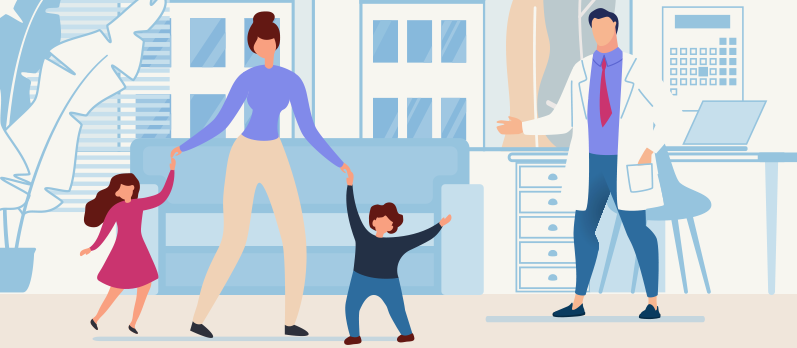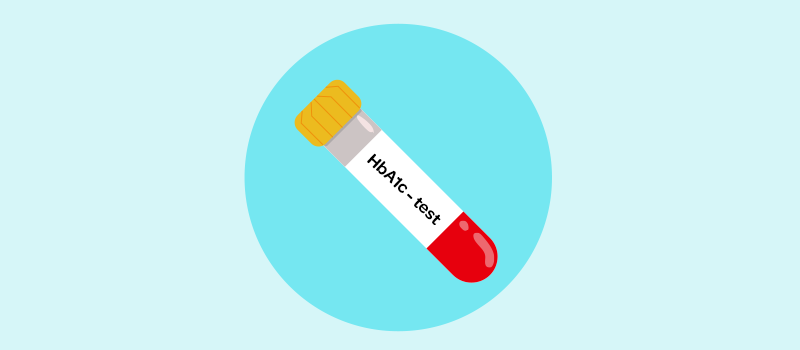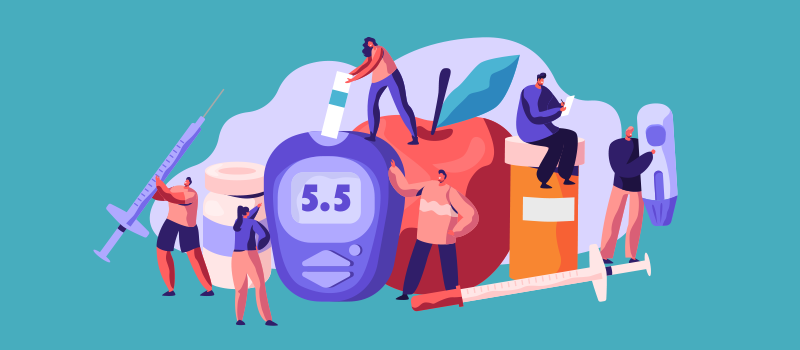Is Type 2 Diabetes Reversible?

According to the American Diabetes Association (ADA), over 11% of the US population (nearly 38 million Americans) have diabetes mellitus. Type 2 diabetes, which is the most common form of diabetes, is a condition in which the body cannot properly use sugar as fuel. This results in too much glucose circulating in the blood or high blood sugar. Lifestyle changes play a very important role in managing type 2 diabetes.
Please continue reading to find out how a healthy lifestyle can help to reverse type 2 diabetes and prevent some serious health problems related to this condition.
What is diabetes type 2 caused by?
Type 2 diabetes is caused by two interrelated problems—the pancreas not producing enough insulin, a hormone that regulates blood glucose, and something called insulin resistance, where the cells in the body do not respond properly to insulin and do not take up enough glucose. This leaves too much sugar circulating in the blood, leading to a high blood sugar level.
What does being a type 2 diabetic mean?
Being a type 2 diabetic means you have been diagnosed with type 2 diabetes. This condition is diagnosed based on the results of blood tests called fasting plasma glucose and hemoglobin A1c (HbA1c or glycated hemoglobin).
If you have a fasting blood sugar level of 126 mg/dL or higher on two separate tests, it is considered diabetes.
The hemoglobin A1c test is an indication of blood sugar levels over the past 2-3 months. The results are interpreted as follows:
- Below 5.7% is normal.
- Between 5.7% and 6.4% is prediabetes.
- At or above 6.5% two different times is diabetes.
Doctors also use an oral glucose tolerance test to diagnose clinical diabetes. This test measures blood sugar spikes after meals. During this test, your blood sugar level is measured two hours after drinking a glucose solution in the doctor’s office. Target blood sugar levels are below 140 mg/dL. Levels between 140 and 199 mg/dL are considered prediabetes or impaired glucose tolerance.
What's the difference between type 1 and 2 diabetes?
The main difference between type 1 and 2 diabetes is that type 1 diabetes is an inherited autoimmune disease in which the immune system attacks insulin-producing cells in the pancreas. The symptoms of type 1 diabetes usually develop early in life. As a result, type 1 diabetes is typically diagnosed in children and young adults.
Type 2 diabetes is also called adult-onset diabetes. The risk factors for developing type 2 diabetes are lifestyle-related, such as being overweight, lack of physical activity, high blood pressure, and high cholesterol levels. People with a family history of type 2 diabetes are at an increased risk. The symptoms of type 2 diabetes develop slowly over time, and the condition is typically diagnosed in older adults.
What are some diabetes complications?
According to the National Institute of Diabetes and Digestive and Kidney Diseases (NIDDK), managing diabetes is important because high blood sugar levels over time can lead to several diabetes complications. Some serious health problems related to too much sugar in the bloodstream include nerve damage, damage to blood vessels, eye problems, heart disease, chronic kidney disease, kidney failure, and erectile dysfunction, among others. That is why it is important to have your blood sugar levels tested periodically. This way you can get medical care and take measures to lower blood sugar levels if they are high.
Can type 2 diabetes be cured?
There is no cure for type 2 diabetes. However, losing weight, eating healthy foods, and undertaking regular physical activity can help to manage or put the disease into remission.
A diabetes educator or expert in complementary and integrative health can help you understand some of the changes you need to make to reverse type 2 diabetes. Some people can achieve normal blood sugar levels after they lose weight with diet and exercise.
However, if lifestyle changes are not enough for disease control, your healthcare team may prescribe pharmacologic therapy (oral diabetes medications and/or insulin therapy) to control high blood sugar levels. Many people need more than one drug to control their diabetes.
Keep in mind that type 2 diabetes is a lifelong disease. Ongoing diabetes care is important to keep it in check and prevent diabetes complications. If you have been diagnosed with type 2 diabetes, you will need to make a lifelong commitment to healthy eating and exercise. You should take all your diabetes medications as prescribed. Also, talk to your doctor about investing in a blood glucose meter to check plasma glucose levels at home.
How long does it take to reverse type 2 diabetes?
The time it takes to reverse type 2 diabetes varies from person to person. In general, experts say it takes at least 3-6 months of leading a healthy lifestyle (eating a healthy diet and doing regular physical activity), as well as taking any prescribed diabetes medications before you see a noticeable difference in diabetes prevention program outcomes. Another factor that determines whether the disease can be reversed is how long you have had diabetes.
References:












SOCIAL